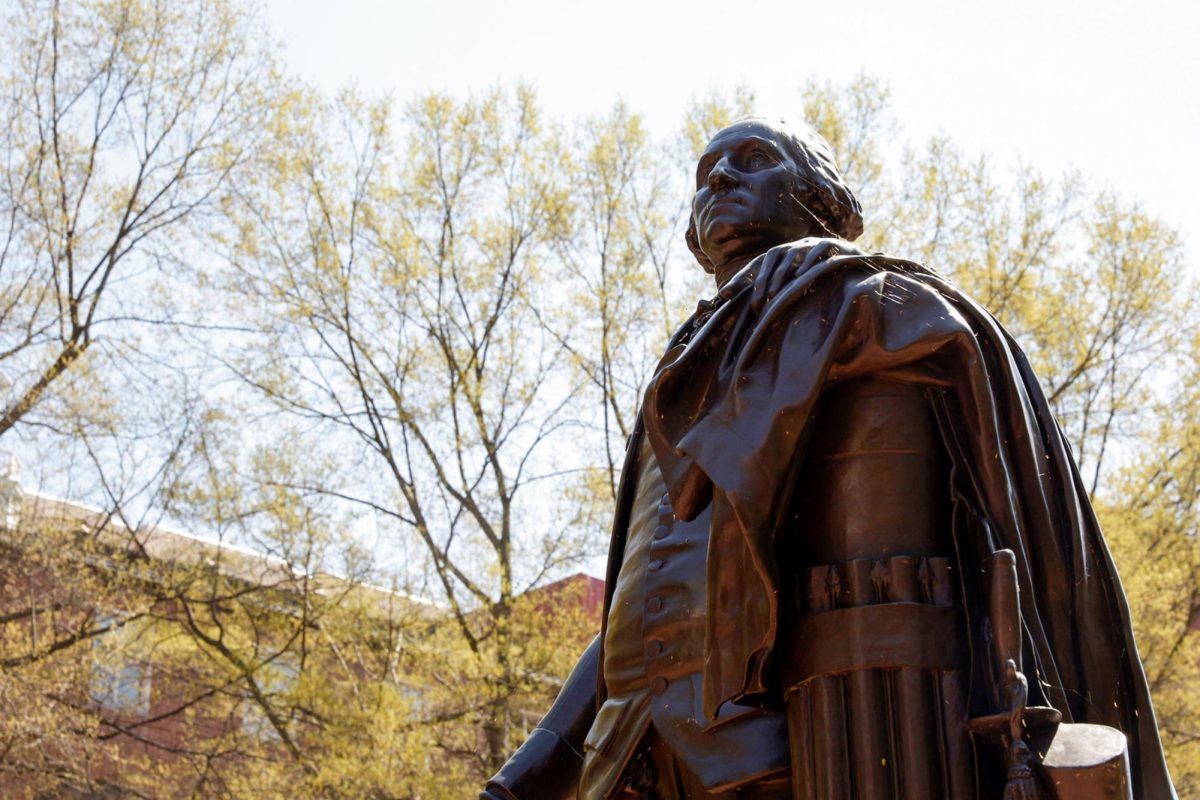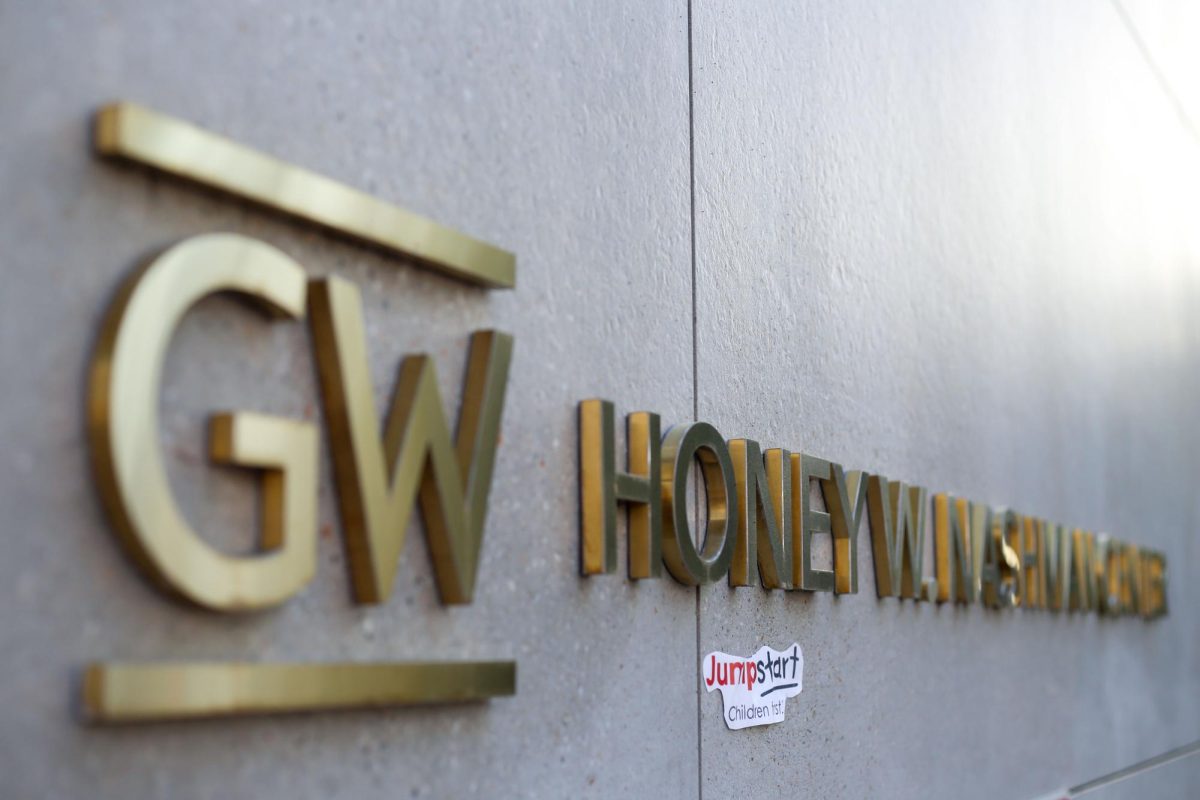The University has hired two leading public relations firms to fine tune and unify its visual message across the institution.
Part of the branding campaign will review GW’s logo, last revamped in 2002, as well as how all University materials, including brochures, websites, mobile communications and videos, should use that image, Vice President for External Relations Lorraine Voles said.
“Our goal for this project is to produce a framework that will provide clear guidance on how the University’s creative assets should be used and best practiced in communicating about The George Washington University,” Voles said.
The project falls in line with University President Steven Knapp’s focus on public relations. Since Knapp assumed his role, the University’s communications arm has become more prominent, and managing messages across GW is a large part of how the University relates to its community.
Christopher Nurko, an alumnus and the global chairman of FutureBrand – one of the firms hired – said he will oversee the review of GW’s brand with an international perspective. The firm is also handling the branding for London’s 2012 Olympic Games.
“What we do is we spend a lot of time making sure that companies understand what’s true about them,” Nurko said, adding that his group will also concentrate on identifying what points influence peoples’ perceptions of GW.
The second firm, 160over90, has a history of helping universities refine and foster cohesive messages, executive creative director Jim Walls said. The company’s previous clients include The Chronicle of Higher Education and Michigan State University.
“Many universities often struggle with, really, how they communicate,” Walls said. “I’m sure it’s the case at GW as well, with so many different people with so many different roles, there are oftentimes many different perceptions that people have contradicting one another.”
The company hopes to organize GW’s message University-wide. Walls said that at universities the first line of brand communication could be a tour guide or any individual who answers the phone.
“The goal for me is to have one visual identity,” Voles said, adding that the University might create a visual identity handbook for departments to consult.
Voles declined to provide the project’s budget.
GW’s logo makeover in 2002 sought to unify the institution’s message and look across different campus departments by crafting a symbol that is easier to reproduce for advertising.
The firms will present Voles’ office with a report on their preliminary findings by February.







